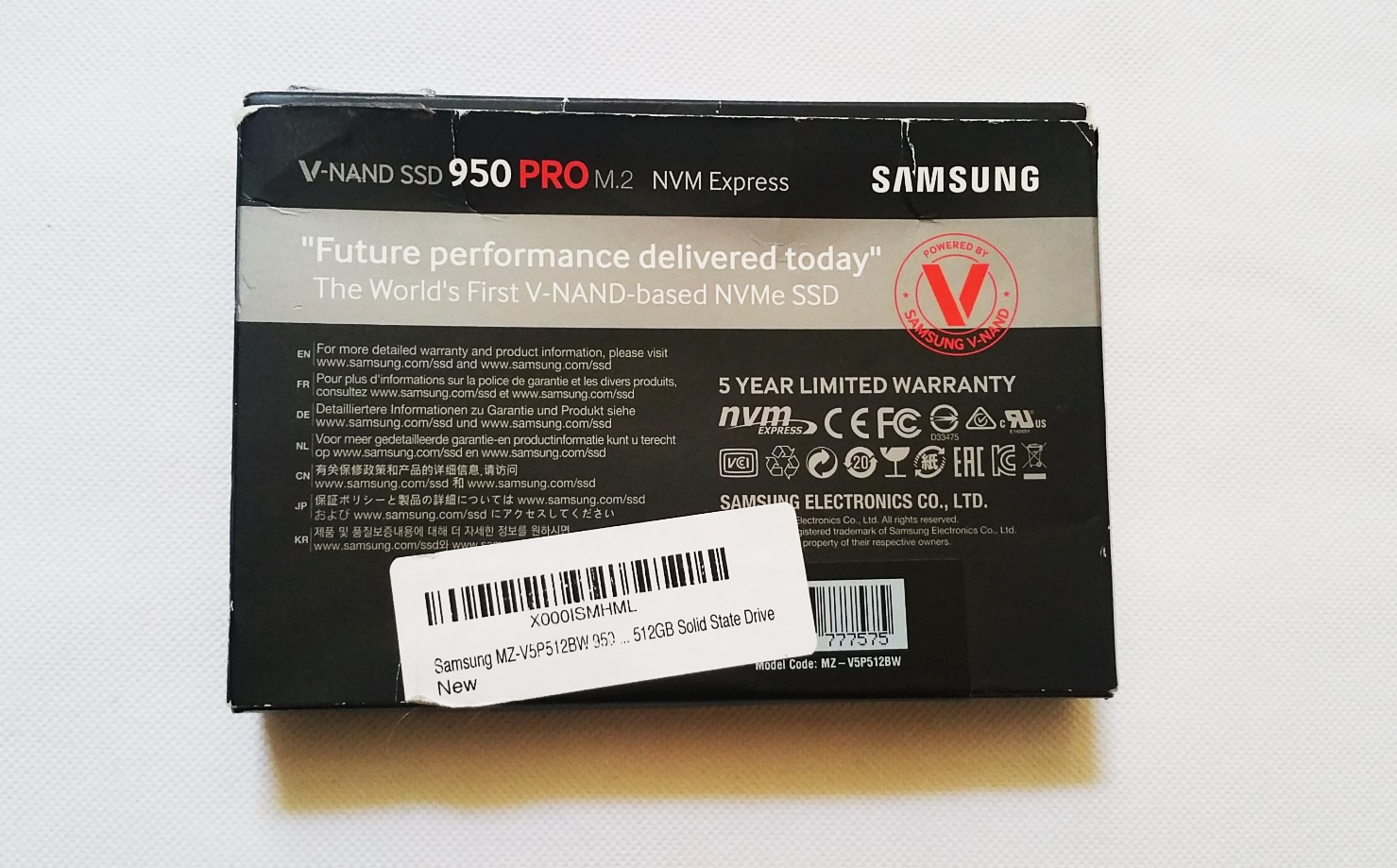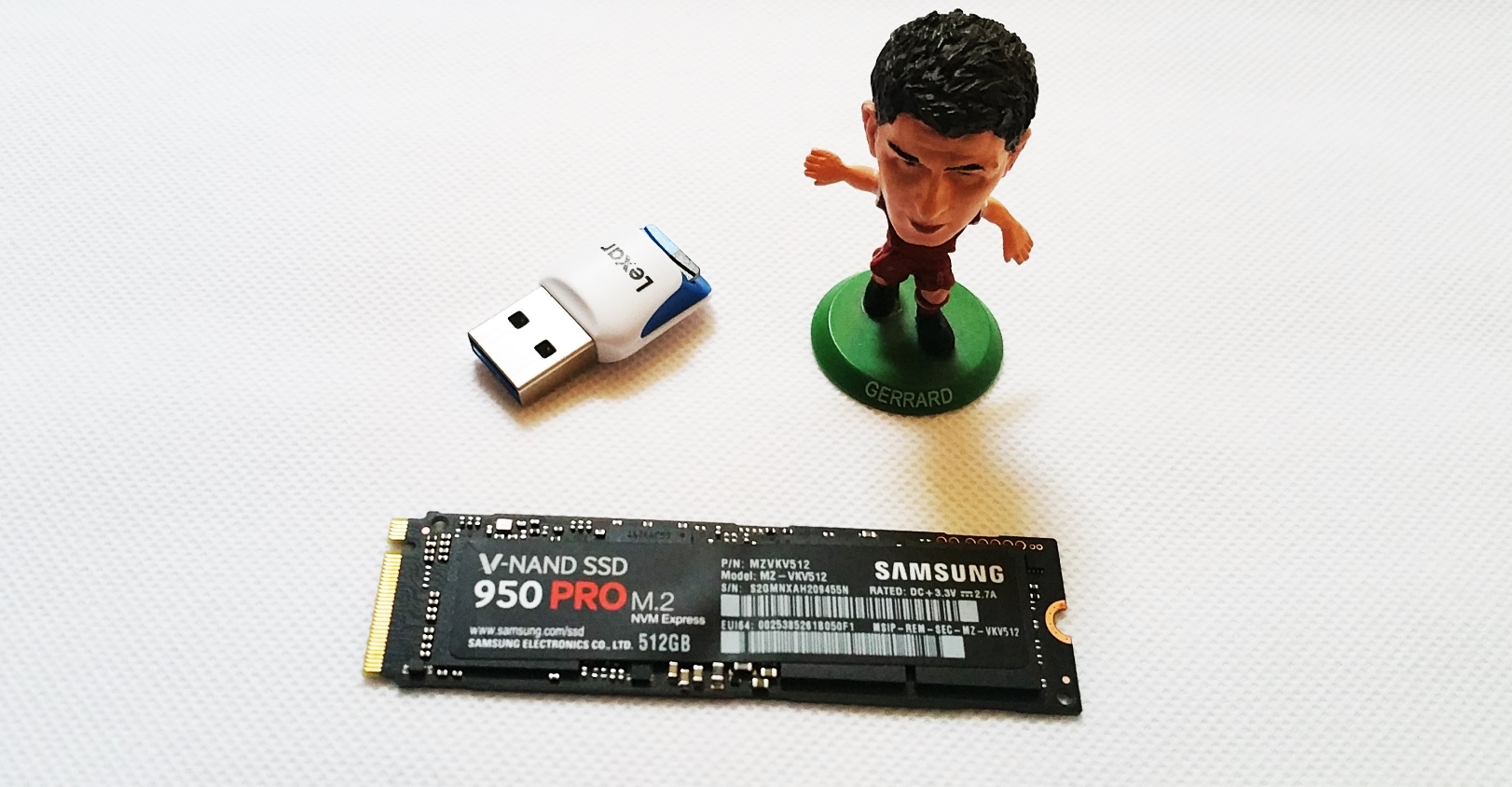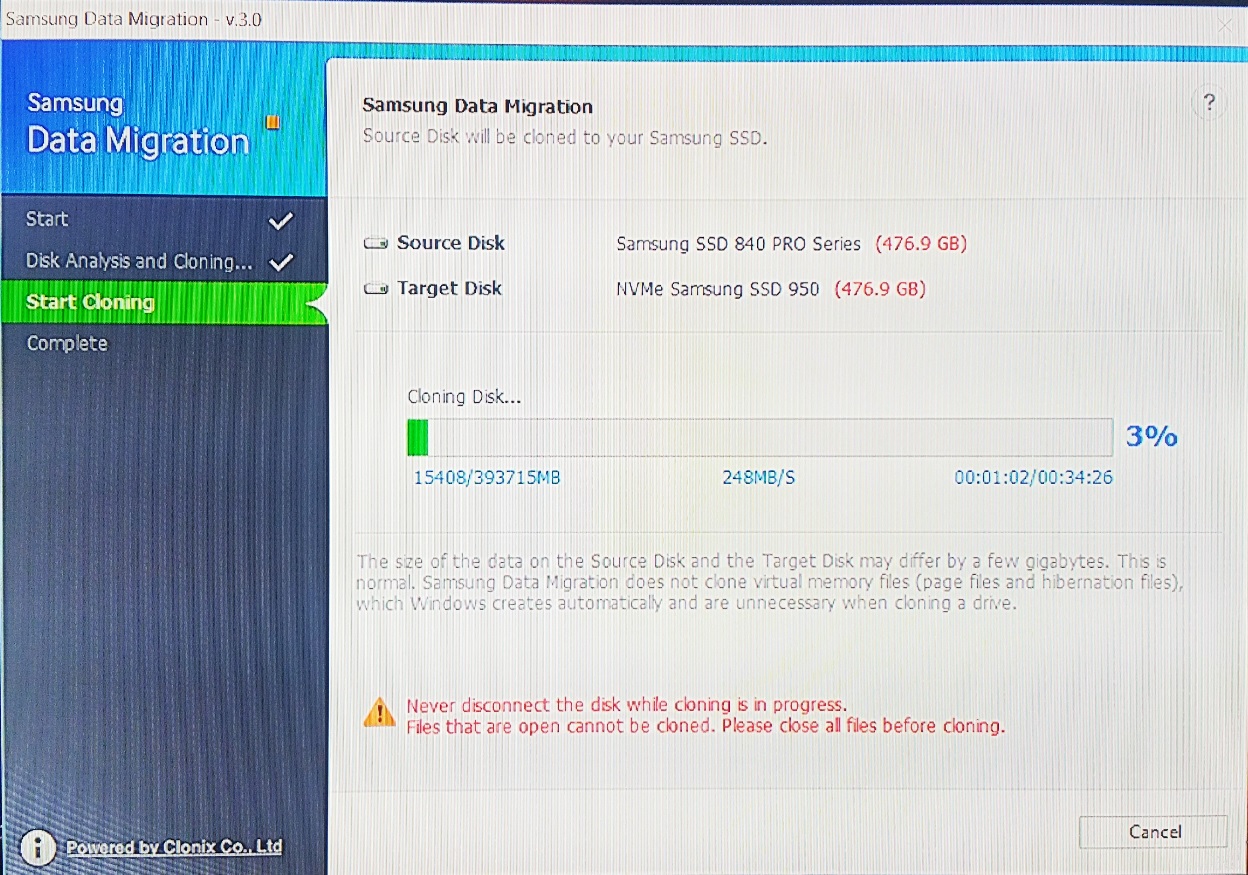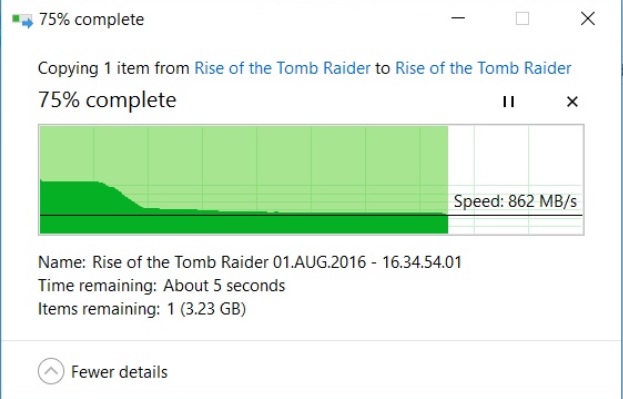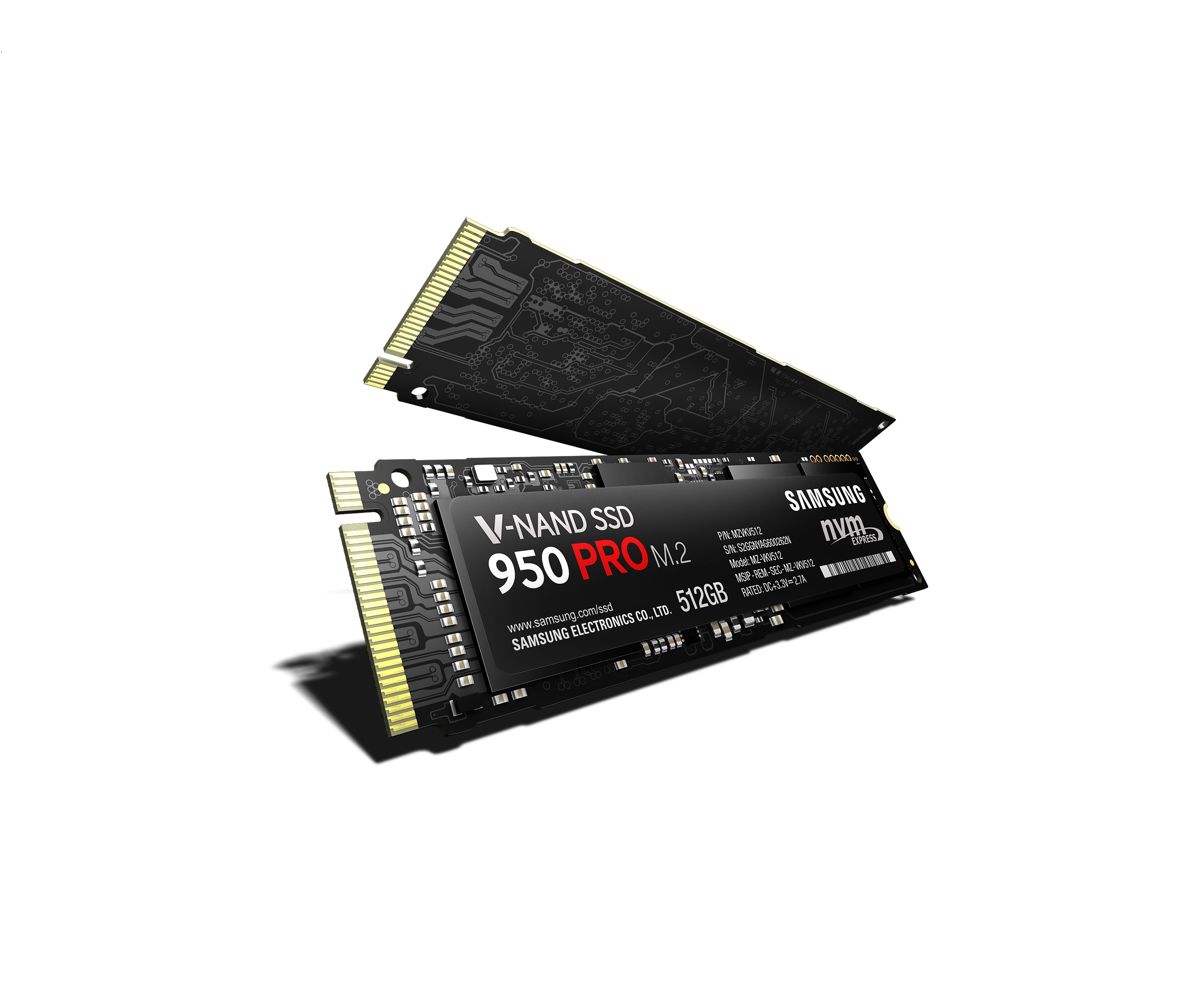
Now that’s a mouthful, but everything will make sense shortly.
Oh yes ladies and gentlemen, another epic piece of tech we have to present to you.
First about Samsung:
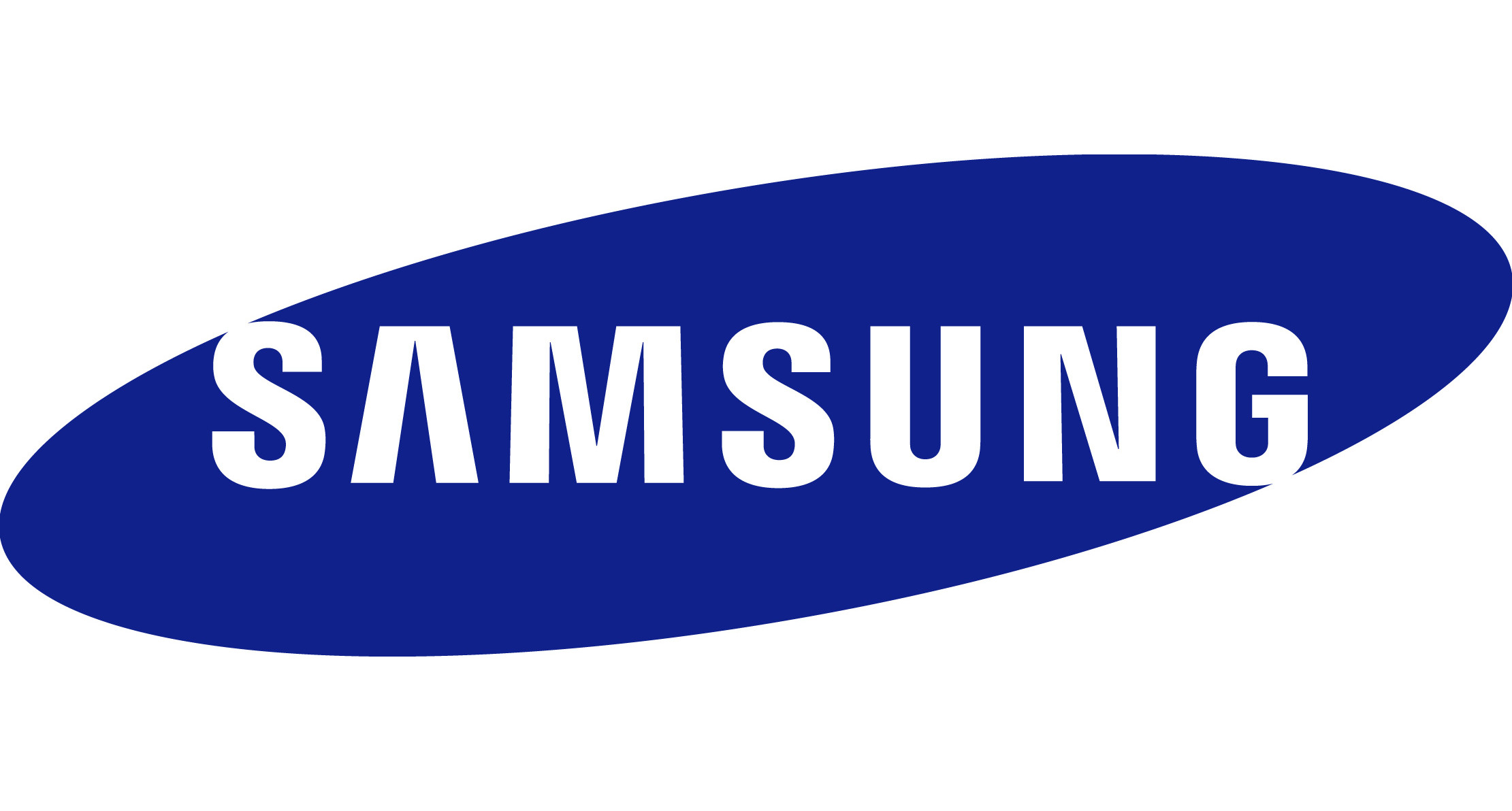
Samsung is a South Korean multinational conglomerate company headquartered in Samsung Town, Seoul founder in 1938.
It comprises numerous subsidiaries and affiliated businesses, most of them united under the Samsung brand, and is the largest South Korean business conglomerate.
Notable Samsung industrial subsidiaries include Samsung Electronics (the world’s largest information technology company measured by 2012 revenues, and 4th in market value), Samsung Heavy Industries (the world’s 2nd-largest shipbuilder measured by 2010 revenues), and Samsung Engineering and Samsung C&T (respectively the world’s 13th and 36th-largest construction companies).
Other notable subsidiaries include Samsung Life Insurance (the world’s 14th-largest life insurance company), Samsung Everland (operator of Everland Resort, the oldest theme park in South Korea), Samsung Techwin (an aerospace, surveillance and defense company) and Cheil Worldwide (the world’s 15th-largest advertising agency measured by 2012 revenues).
Price when reviewed: £249.99 - via Amazon.co.uk
SAMSUNG 950 PRO M.2 512 GB AMAZON
Presentation & Specifications
The Samsung 950 PRO SSD is Samsung’s first consumer-ready Non-Volatile Memory Express (NVMe) M.2 form factor SSD with vertical NAND (V-NAND) technology (32 layers/128 Gb & stacked) and has the company’s new UBX controller. In layman’s terms it means this is a new way of improving the storage stack by optimizing the way an application accesses a Flash device. It uses the PCI-E bandwidth and thus eliminated the SATA 3 bottleneck. Which as you know it is at 600 MB/s max and with the PCI-E 3.0 x4 currently it has a max bandwidth of up to 4 GB/s ! (or 32 Gbps)
Equipped with the enhanced bandwidth of the NVMe interface, the 950 PRO is ideal for intensive workloads, such as computer-aided design, data analysis and engineering simulations. It outperforms SATA SSDs by over 4.5 times in sequential read and by over 2.5 times in sequential write, delivering the speeds of 2,500 MB/s and 1,500 MB/s respectively.
So the 950 Pro looks to improve performance by big percentages, depending on the task at hand. It also doubles the endurance to 400 TB TBW (total bytes written), with a five-year warranty. That means you could write over 200 GB of data every day with the 512 GB model and still not use up all the cycles. Let’s put it in a different perspective, even 20 GB a day, it will last you 50 years. Which is insane. Because most normal users will barely touch 10 GB a day. Now wee are talking about a 100 years. You get the picture.
And as a final bonus for the 512 GB model, it drops the price per GB from £0.59 on the 256GB model to £0.48 per GB. That’s still about twice the price per GB of the 850 Evo SATA drives (which use less expensive TLC V-NAND), but peak performance is much more than twice as fast, as we’ll soon see.
Let’s have a look at the specs compared to other products from Samsung.
In short terms, you are looking at the most advanced and high performing storage solution consumer grade SSD in the M.2 form right now.
Packaging
A simple box, all black background, as accustomed by Samsung. On the front we have main information like the product, the capacity and the NVMe M.2 protocols.
On the back we are informed about the 5 year warranty and a big bold logo that states: “Future performance delivered today”.
Inside, the M.2 SSD is enclosed in a plastic transparent box.
And here it is - the M.2 950 Pro 512 GB. In this current generation, they only did single sided versions for thermal reasons.
But how small/big is it do you ask?
The numbers 2280 from the format mean 22 mm by 88 mm long. Here it is compared with a microSD card, 2.5″ HDD and a 3.5″ HDD. Really impressive.
Testing methodology
Synthetic tests and some real life file transfers.
Hardware used:
- CPU: Intel i7 4790k
- CPU Cooler: Cryorig C7
- Motherboard: Asus ROG Maximus Impact VII Z97 mITX
- SSD 1: Samsung 840 Pro 512 GB MLC
- SSD 2: Samsung 840 Pro 128 GB MLC
- SSD 3: Intenso 120 GB Top MLC
- SSD 4: Crucial BX200 240 GB TLC
- HDD: HGST 1 TB 7K1000 7200 RPM 32 MB 2.5″
- M.2 SSD: Samsung 950 Pro 512 GB MLC
- Memory Modules: 16 GB (2x 8 GB) DDR3 Crucial Ballistix Tactical Tracers 1600 Mhz CL8 LED
- PSU: Corsair SFX 600W
- Video card: MSI GTX 980 Ti 6G TwinFrozr V Gaming
- Case: Thermaltake V1 Core mITX
- Fans: 1x Thermaltake 200 mm
First let’s install the 950 Pro M.2. Our motherboard has a neat trick via a vertical ‘daughter’ board where you slide in the M.2 drive.
And then we take the whole module, that goes here.
Software:
- Windows 10 Pro x64 Build 1511.10586
- Samsung Magician v4.9.7
- Samsung Migration v3.0
- Crystal Disk Mark v3.0.2
- HD Tune Pro v5.50
A great advantage with Windows 10 is that is has native NVMe drivers and support. So we just booted up our system via the 840 Pro.
Then with the help of Samsung Migration software, we transferred all our system onto the 950 Pro.
All good. Then just remove the other SSD or select in the BIOS/UEFI the M.2 as the new main drive. Job done.
Here it is via the Samsung magician proprietary software. Everything is activated and up to date. Minus the OS optimization whch there is no need as far as we understand.
Now let’s see it in action.
Results
As you can clearly see in synthetic it decimates everything. We are looking at 5x times theoretical read speeds and 3x times theoretical write speeds compared to the fastes SATA SSD. That says it all.
Now with some heavy file transfers.
Here a quick copy from the Samsung 840 Pro 512 GB SATA SSD to the Samsung 950 Pro 512 GB M.2 SSD.
And here on the actual Samsung 950 Pro 512 GB M.2 SSD.
We had limited ventilation because it is sandwiched vertically between the sound card and the video card so it will warm up. Unfortunately no software was able to detect the running temperature and no thermal gun at hand, so we can only speculate that given the drop in performance, it goes over its thermal limit. Again this is only when doing heavy big chunks of file transfers.
Conclusion
As said at the start of the review, a really epic piece of hardware, considering its tiny size.
The good:
+ Incredible performance read and write speeds - fastest M.2 solution yet - almost overkill for day to day usage
+ Tiny package (only 9 grams)
+ Server grade cell level durability, we are talking decades of usage for a normal user
+ Supports TRIM and Auto Garbage Collection
+ 5 year warranty / 400 TBW !
+ Low power usage - 5.1 W / 70 mW on idle
The Bad:
- Expensive, but in the long run it will be worth it
- Prolonged high data copying/writing will cause it to thermal throttle and thus drop the performance, still even then it is faster that the fastest SATA SSD.
- Where is the 1 TB version promised ?


